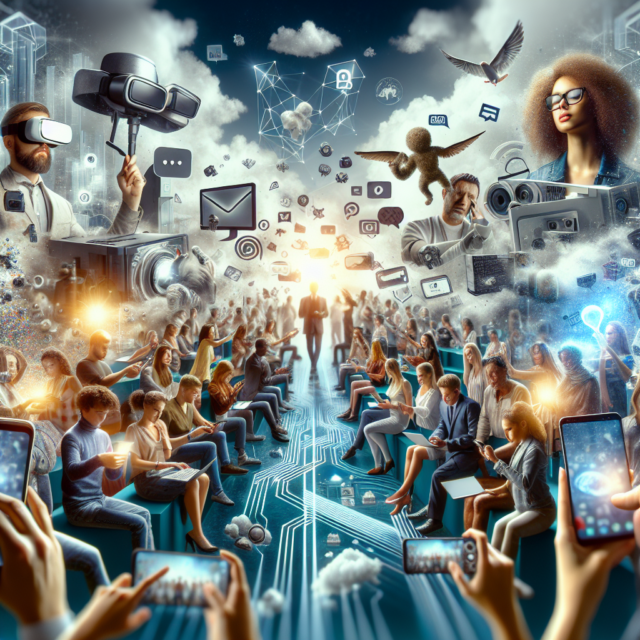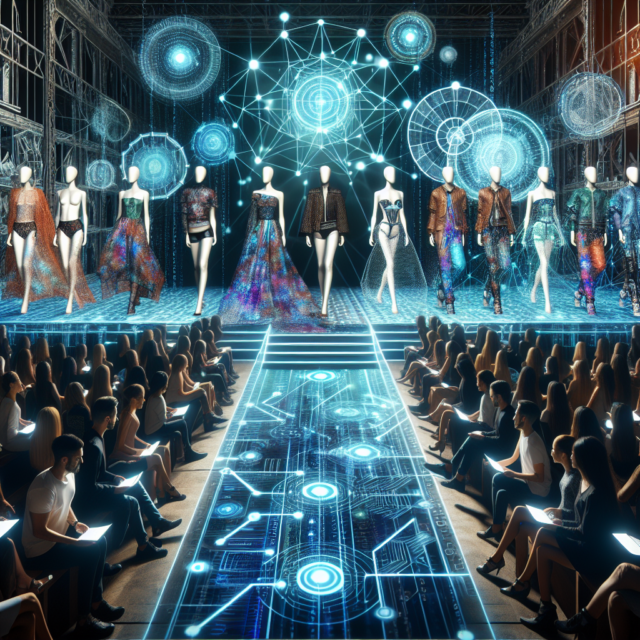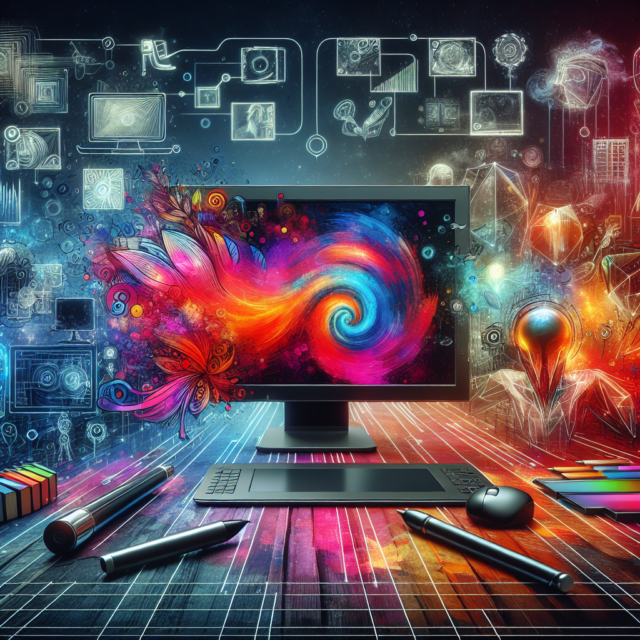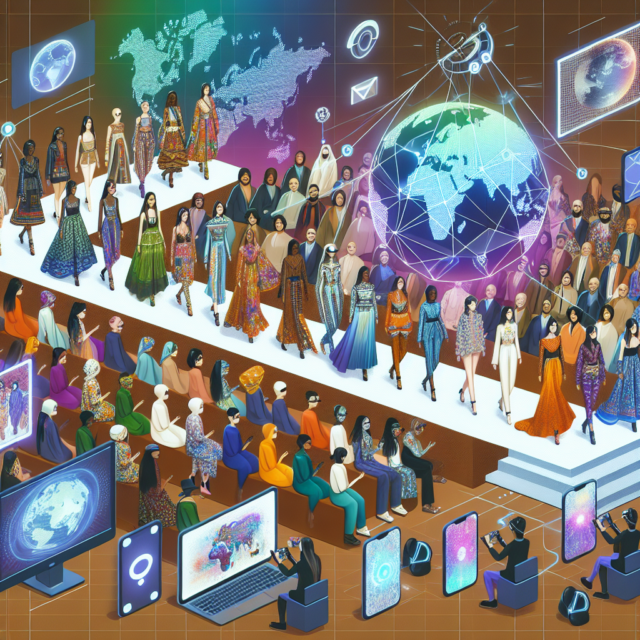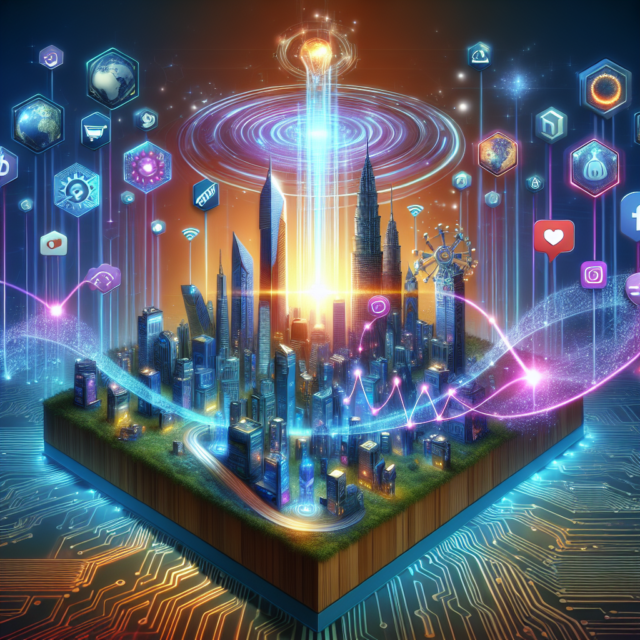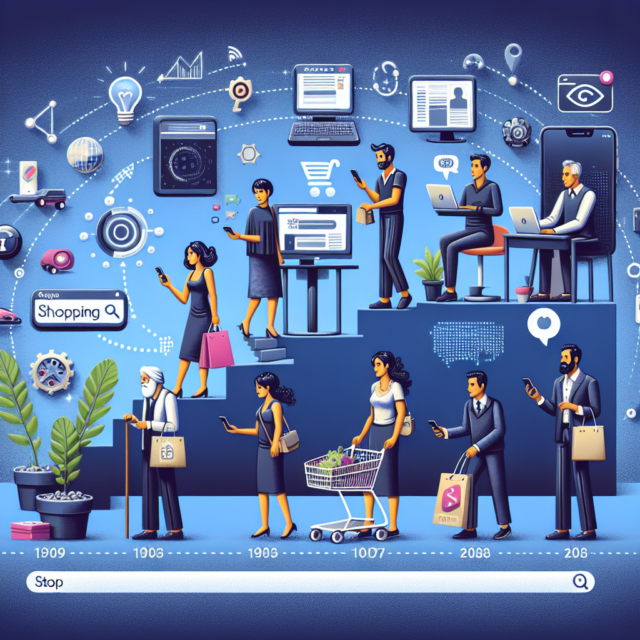Future Trends Shaping the World of Influencers
The world of influencers is evolving at an unprecedented pace, driven by technological advancements, changing consumer preferences, and the increasing demand for authenticity and relatability. As we look towards the future, several trends are poised to redefine the influencer landscape. From the integration of cutting-edge technologies to the emergence of niche influencers and the adoption of data-driven strategies, these trends will shape how influencers create content, engage with audiences, and measure success. In this article, we delve into these future trends, exploring how they will transform the influencer industry.
Emerging Technologies Transforming Influencer Content
Emerging technologies are set to revolutionize the way influencers create and deliver content. Augmented Reality (AR) and Virtual Reality (VR) are at the forefront, offering immersive experiences that allow influencers to engage audiences in entirely new ways. With AR, influencers can create interactive filters and effects that enhance storytelling, while VR offers the potential for virtual meet-and-greets or product demonstrations in a simulated environment. These technologies enable influencers to craft unique and memorable content that resonates with tech-savvy followers.
Artificial Intelligence (AI) is another game-changer, providing influencers with tools to streamline content creation and audience engagement. AI-driven analytics can help influencers understand audience preferences and behavior, allowing them to tailor content more effectively. Additionally, AI-powered chatbots can facilitate real-time interaction with followers, enhancing the sense of community and connection. As AI technology continues to evolve, influencers will have access to even more sophisticated tools to optimize their content strategies.
The rise of 5G technology is also set to impact the influencer industry significantly. With faster internet speeds and lower latency, influencers can deliver high-quality, real-time content to their audiences with ease. This will enable more live streaming opportunities, allowing influencers to connect with followers in an authentic and immediate manner. The improved connectivity also supports the use of AR and VR technologies, further enriching the content experience for audiences.
Social media platforms are increasingly integrating e-commerce features, transforming influencers into key players in the online shopping experience. Influencers can now leverage technologies such as shoppable posts and augmented reality try-ons to provide seamless purchasing experiences for their followers. This convergence of social media and e-commerce is creating new revenue streams for influencers and offering brands innovative ways to reach consumers.
Blockchain technology is emerging as a tool for ensuring transparency and trust in influencer marketing. By providing a decentralized ledger for tracking and verifying transactions, blockchain can address issues related to fake followers and engagement metrics. This technology can enhance credibility and accountability in influencer partnerships, benefiting both influencers and brands.
Lastly, the growing popularity of short-form video content, driven by platforms like TikTok and Instagram Reels, is influencing how influencers create and share content. This trend is pushing influencers to experiment with creative storytelling formats and engage audiences with concise, impactful messages. As technology continues to evolve, influencers will need to adapt to these new formats to remain relevant and capture the attention of their followers.
The Rise of Niche Influencers in Diverse Markets
The influencer landscape is witnessing a shift towards niche influencers who cater to specific interests and communities. Unlike mega-influencers with broad appeal, niche influencers possess deep expertise and authentic connections with their audiences. This trend is driven by the growing demand for personalized and relatable content that resonates with diverse consumer segments.
Niche influencers are emerging across various industries, from sustainable living and wellness to technology and finance. Their specialized knowledge and passion for their respective fields allow them to create content that is both informative and engaging. As consumers seek more authentic and trustworthy sources of information, niche influencers are gaining traction and influence in their domains.
The rise of niche influencers is also enabling brands to tap into diverse markets and reach specific target audiences. Collaborating with niche influencers allows brands to align their messaging with the values and interests of their consumers, resulting in more meaningful and impactful partnerships. This trend is particularly significant in multicultural markets, where influencers can bridge cultural gaps and connect with audiences in a culturally relevant manner.
Micro and nano-influencers, often considered niche influencers, are gaining prominence due to their high engagement rates and loyal follower bases. These influencers typically have smaller but highly dedicated audiences, making them ideal partners for brands seeking authentic connections. Their ability to foster genuine interactions with followers contributes to higher levels of trust and credibility, enhancing the effectiveness of influencer marketing campaigns.
The diversity of niche influencers is also reflected in the platforms they use to engage with their audiences. While Instagram and YouTube remain popular, niche influencers are increasingly leveraging platforms like LinkedIn, Twitch, and Clubhouse to connect with specialized communities. This diversification of platforms allows influencers to reach audiences where they are most active and engaged.
As the influencer industry continues to evolve, the importance of niche influencers is expected to grow. Their ability to deliver targeted, authentic content that resonates with specific audience segments makes them invaluable partners for brands navigating the complexities of the digital landscape. By embracing the rise of niche influencers, brands can foster deeper connections with consumers and drive meaningful engagement.
Data-Driven Strategies Redefining Influencer Success
In the evolving world of influencer marketing, data-driven strategies are becoming essential for measuring and enhancing influencer success. With the abundance of data available, influencers and brands can gain valuable insights into audience behavior, content performance, and campaign effectiveness. This data-centric approach is reshaping how influencers plan, execute, and evaluate their marketing efforts.
Analytics tools are playing a crucial role in empowering influencers to make informed decisions. By analyzing metrics such as engagement rates, reach, and audience demographics, influencers can identify trends and optimize their content strategies accordingly. These insights enable influencers to tailor their messaging, select the most effective platforms, and maximize their impact on target audiences.
Brands are also leveraging data to identify the right influencers for their campaigns. By analyzing influencer performance metrics and audience data, brands can assess the potential reach and impact of influencer partnerships. This data-driven approach allows brands to make strategic decisions and allocate resources effectively, ensuring that their influencer collaborations align with their marketing objectives.
The use of predictive analytics is gaining traction in the influencer industry, allowing influencers to anticipate trends and adapt their content strategies proactively. By analyzing historical data and emerging patterns, influencers can forecast audience preferences and stay ahead of the curve. This capability not only enhances content relevance but also positions influencers as thought leaders in their respective niches.
Data-driven strategies are also enhancing transparency and accountability in influencer marketing. By tracking and reporting key performance metrics, influencers can demonstrate the value and impact of their collaborations to brands. This transparency fosters trust and strengthens partnerships, enabling influencers to build long-term relationships with brands and secure repeat collaborations.
As data-driven strategies continue to evolve, influencers will need to embrace data literacy and analytics skills to remain competitive. Understanding how to interpret and leverage data will be crucial for influencers seeking to enhance their content strategies and measure success effectively. By adopting a data-centric approach, influencers can unlock new opportunities for growth and innovation in the dynamic world of influencer marketing.
The future of influencers is being shaped by a confluence of emerging technologies, evolving consumer preferences, and data-driven insights. As influencers navigate this changing landscape, they will need to adapt to new tools and strategies to remain relevant and effective. The integration of technologies like AR, VR, and AI will enhance content creation, while the rise of niche influencers will cater to the demand for personalized and authentic experiences. Meanwhile, data-driven strategies will provide influencers with the insights needed to optimize their efforts and demonstrate their value to brands. By embracing these future trends, influencers can continue to thrive and play a pivotal role in the ever-evolving digital ecosystem.







